UNCTAD: The ocean economy is a business of 3 billion people worth up to $6 trillion
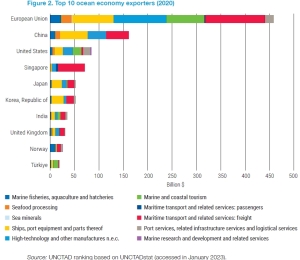
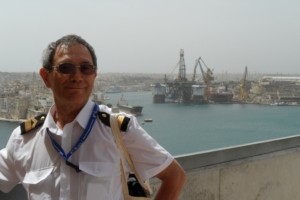 By Marek Grzybowski
By Marek Grzybowski
The ocean economy is worth between $3 and $6 trillion and offers enormous opportunities for developing countries to build resilience. Business related to the use of the oceans provides the livelihoods of approximately 3 billion people, says UNCTAD in the latest report “Trade and Environment Review 2023”. UNCTAD calls for a move towards seaweed and plastic substitutes.
The export value of goods related to the maritime business was estimated at $1.3 trillion in 2020. It includes income from fishing and the production of fish and seafood products, construction, ship repairs and recycling, and the production of port equipment. Maritime transport services and revenues from coastal maritime tourism are also included in the estimates.
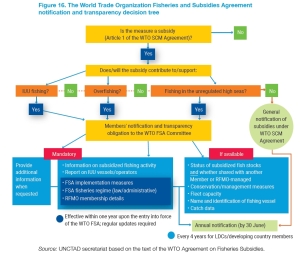
– The European Union is by far the world’s leading exporter ($459 billion), followed by China ($160 billion). Among the developing countries, the next largest exporters are India (USD 34 billion), Turkey (USD 19 billion) and Thailand (USD 17 billion) – calculated by experts from UNCTAD – the Organization for Economic Co-operation and Development.
The Covid-19 crisis has revealed which sectors of the maritime economy have development potential and are resistant to global disruptions, and which sectors are sensitive and prone to crises. UNCTAD notes that “Overall, ocean freight transport has demonstrated remarkable resilience during the crisis, declining by just 3.2% in 2020.”
Faces of the crisis in the ocean economy
The 59% drop in sales of maritime tourism services was a disaster. It affected all types of activities. There was a collapse of coastal and maritime tourism. Both activities have suffered due to blockages in the movement of people.
During this time, two areas of the maritime business developed. The pandemic did not stop the development of seafood processing. During and after the pandemic, more people reached for ready-to-eat foods with a longer shelf life.
Producers of advanced marine technologies also benefited. The demand for modern technical solutions, supported by information and space technologies, has increased dynamically. Monitoring of fleets and cargo has improved.
IoT and the use of simulators and VR have developed. As a result, in 2020, the export of goods related to maritime industries increased to USD 681 billion and exceeded the value of exports of services (USD 628 billion).
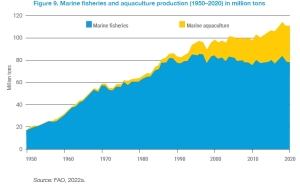
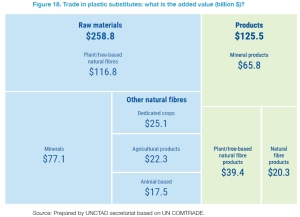
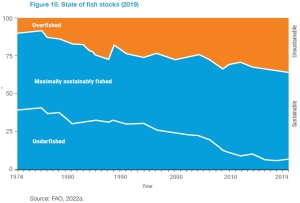
Seaweed instead of plastic
The report highlights two new sectors of ocean business that are particularly active. One type of activity is seaweed production.
– Seaweed can grow without fresh water and fertilizers and captures huge amounts of CO2. The value of the global market has more than tripled in two decades, from $4.5 billion in 2000 to $16.5 billion in 2020, write UNCTAD experts.
They can be used in many different ways. Seaweed is used to produce food, cosmetics and biofuels. And they can also be used as an alternative to plastic.
The second rapidly growing business area is plastic substitutes. according to UNCTAD – which offer huge opportunities for developing countries to attract investment, create jobs and diversify their ocean economies.
– Global plastic exports in 2021 reached approximately 369 million tons. Most of them will flood our ocean, warns UNCTAD.
Experts note that nature is abundant in ecological materials that can be used to produce ecological versions of the plastic products we use every day. In addition to algae, bamboo, banana trees and agricultural waste can be used.
Global sales of plastic substitutes reached approximately $388 billion in 2020. This is already a large market. But it accounts for only a third of the value of global trade in plastics made from fossil fuels. The growth potential is therefore huge, UNCTAD predicts.
Most importantly, the production of alternative products fulfilling the functions assigned to plastics can take place in developing countries. Two-thirds of global exports of plastic substitutes come in the form of raw materials, which many developing countries have in abundance.
The problem is government subsidies worth $35 billion are earmarked for fishing activities. They are intended for different purposes. But they are not always used properly.
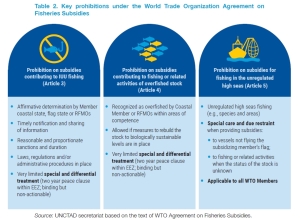
Harmful subsidies for fishing
UNCAD indicates a real threat related to subsidizing fisheries. It is noted that support takes forms such as “fuel subsidies, coverage of operating costs or financial support for the purchase of larger ships”. And this disrupts the competitiveness and market nature of the business related to catching, producing and processing fish and seafood.
– Although some funds support sustainable fisheries management and artisanal fisheries, a significant part – approximately USD 20 billion per year – may contribute to overfishing by increasing the capacity of the fishing industry – warn UNCTAD experts.
Data from the Organization for Economic Co-operation and Development show that support for fisheries from 40 industrialized countries fell by 20% between 2012 and 2014, from $12 billion a year to about $9.4 billion. Under pressure from fishermen, this trend was reversed and wealthier governments began to increase subsidies. As a result, in 2018, support returned to the value from 2012.
The adoption of the ‘Agreement on Fisheries Subsidies’ by the World Trade Organization (WTO) on 17 June 2022 was a major step to help address this issue.
It is mainly about the transparency of information about subsidies, including: on the productive capacity of the fishing fleets for which the subsidy is granted. Information on catch data is also expected, with information on the species or groups of fish species in the fishery for which the subsidy is awarded.
The agreement will enter into force after two-thirds of WTO members have accepted the “instruments of acceptance”. As of May 1, 2023, only four governments had done so.
More to the underwater life protection
The Sustainable Development Goal dedicated to protecting life under water (SDG 14) is the least funded of all the goals, the OECD critically notes. Between 2013 and 2018, only 1.6% of total official development assistance was directed to the ocean economy. It was approximately USD 2.9 billion per year.
This is well below the amount required to address the ocean crisis, UNCTAD says, saying: “We need a global ‘blue deal’ to invest in protecting marine resources and building a resilient ocean economy that benefits all.”
UNCTAD estimates show that an investment of $2.8 trillion in four sustainable solutions – mangrove protection and restoration, decarbonization of international shipping, sustainable ocean food production and offshore wind energy – would generate benefits of $15.5 trillion by 2050.
Action in this area would also stimulate derivative investments in new sustainable sectors. This includes seaweed farming and the production of plastic substitutes.
The report echoes recommendations made by experts, industry representatives and government officials from around the world who attended the 4th UN Oceans Forum and 2nd UN Oceans Conference in 2022.
